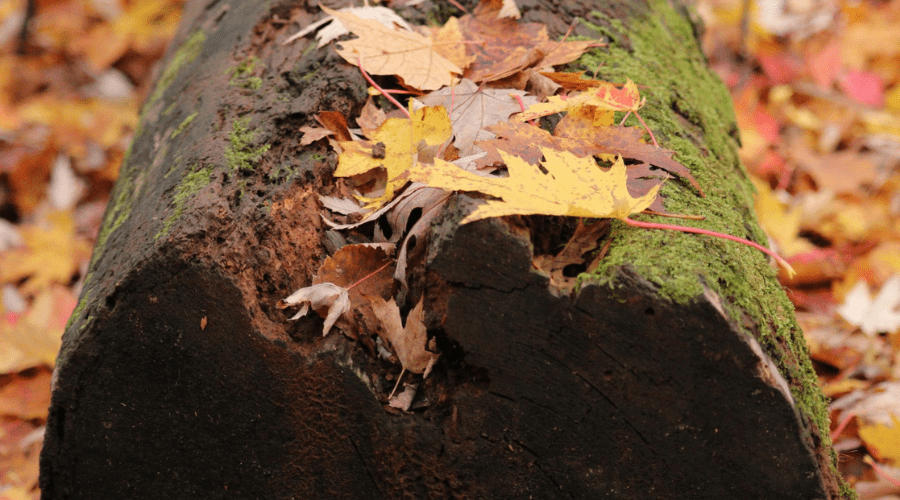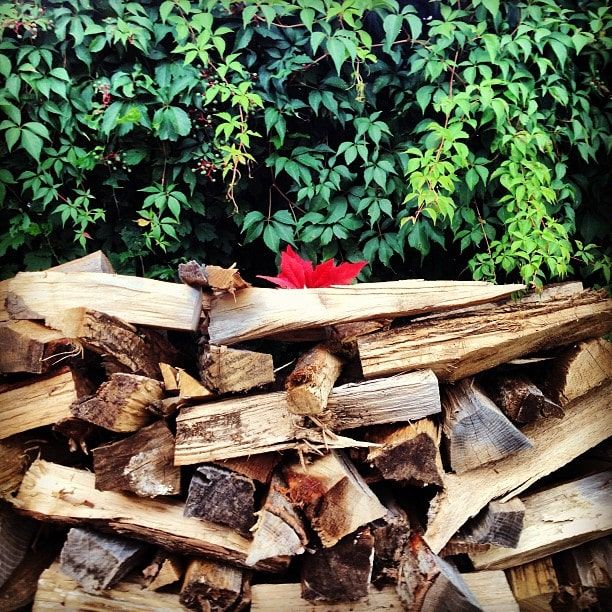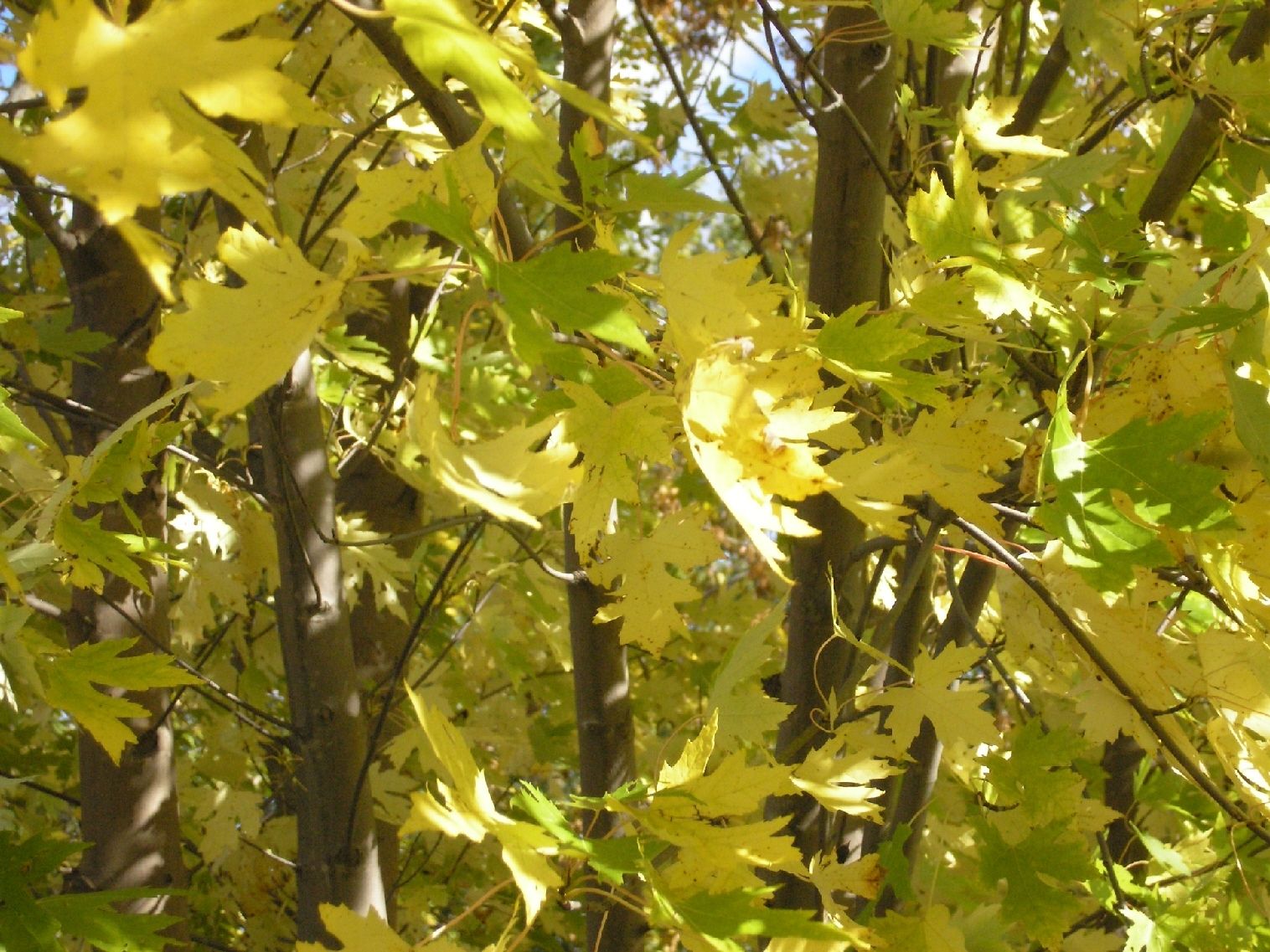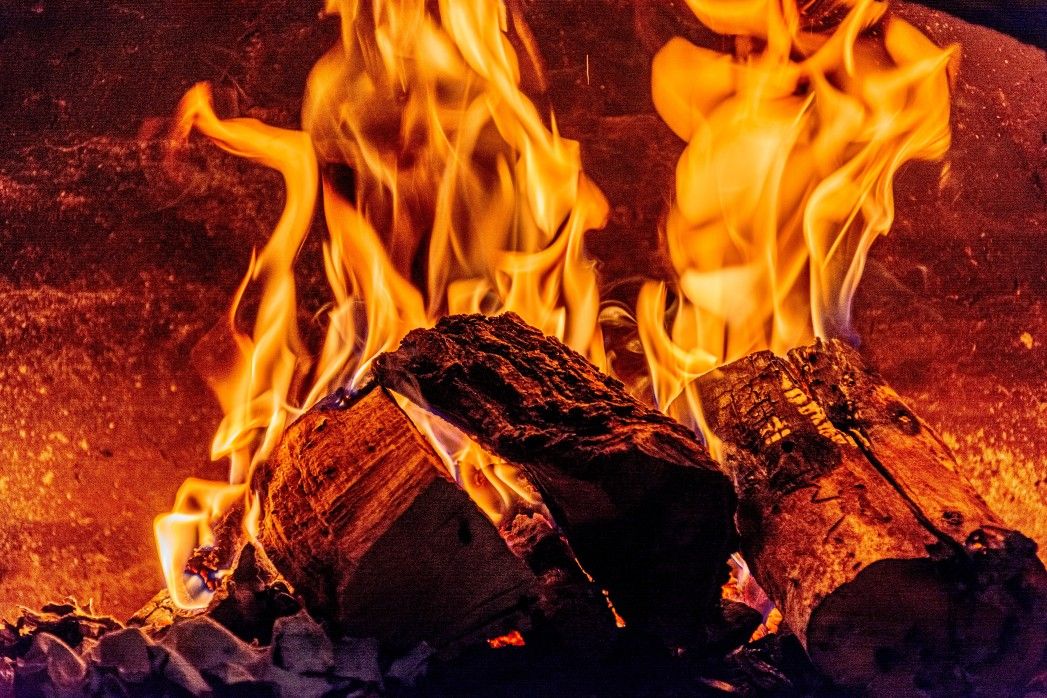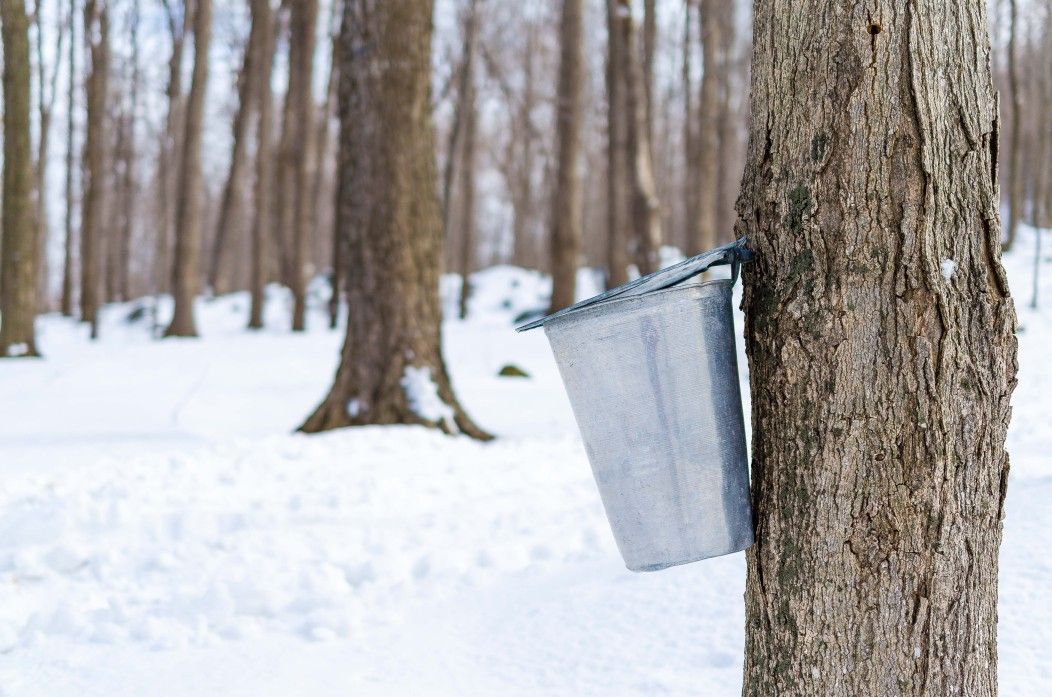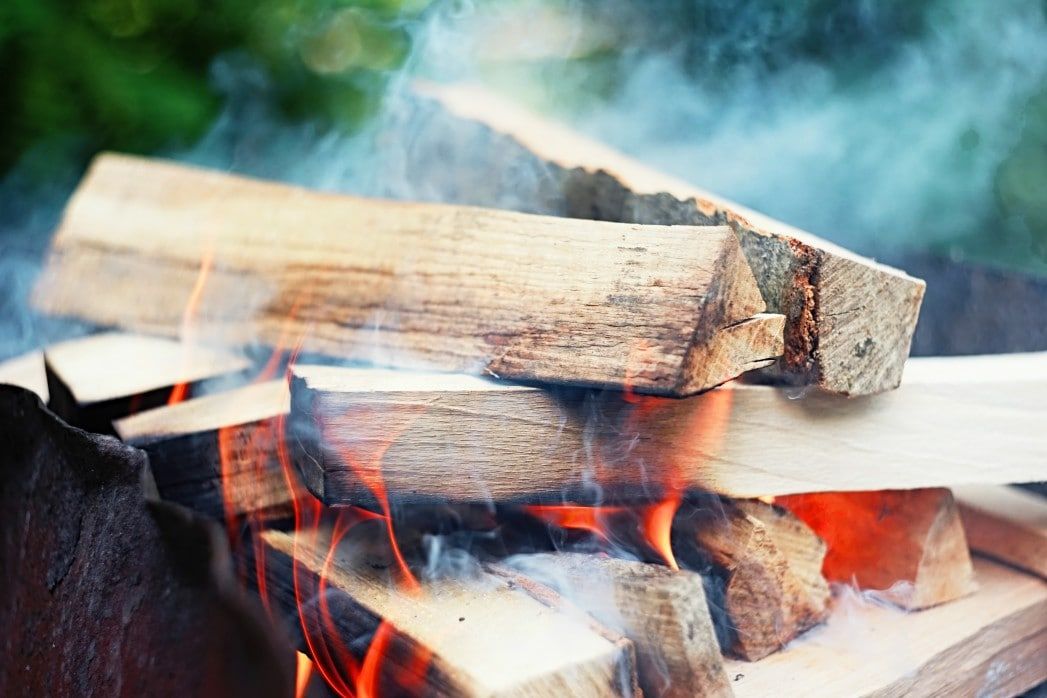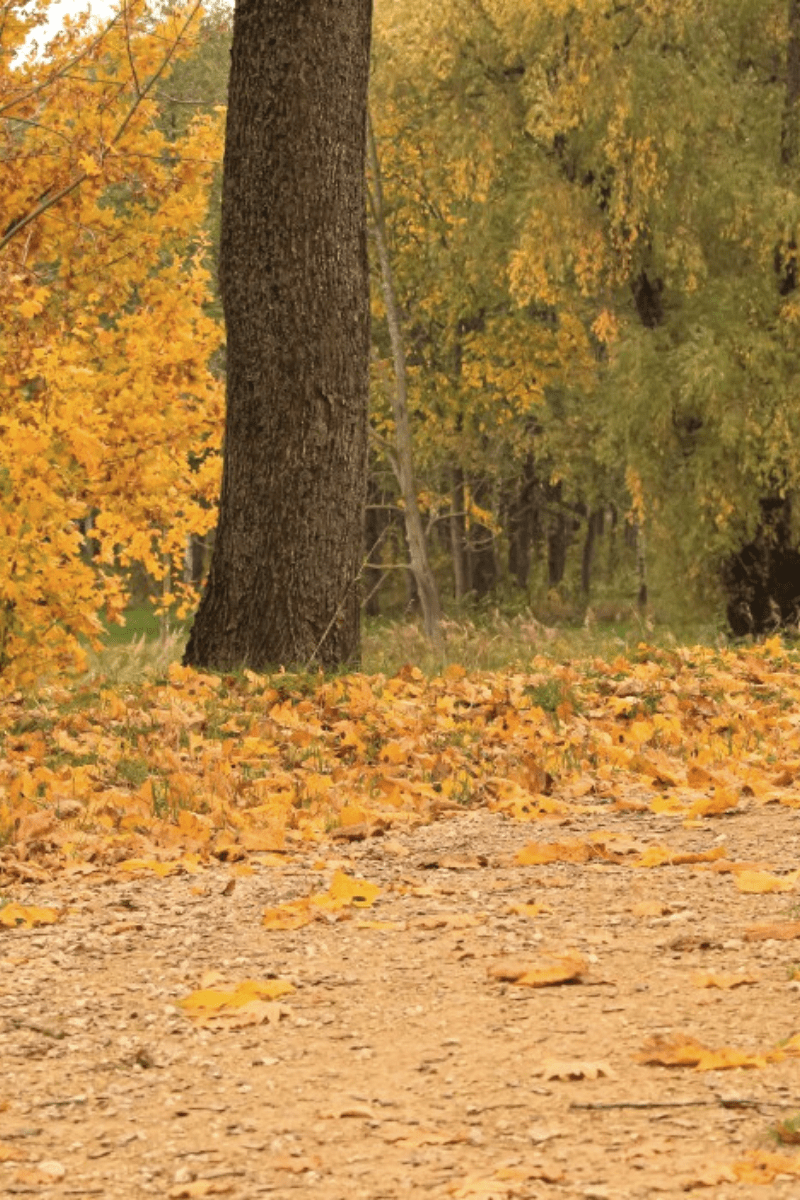Whether you're new to burning wood for heat or just curious about the properties of Maple, this is the guide for you. From heat output, scent, smoke, seasoning time, and the best uses for each variety, this guide has everything you need to know about Maple firewood.
Maple Firewood Details
BTU: approximately 18 million to 28 million BTUs per cord
Weight: 3,900 lbs to 4,700 lbs green and 2,750 lbs to 3,700 lbs dry
Seasoning Time: 6 months to 3 years
Resin / Sap Content: approximately 800 gallons of sap per cord of Maple
Splitting Difficulty: easy to medium
Smoke: low smoke with most maple species
Smell: pleasant smell
Varieties of Maplewood
Several species of Maple are popular for use as firewood. You may even already use it for heating your home if you have a fireplace or woodstove. But, how good exactly is Maple, and which species is best for heating your home?
In this guide, we cover everything you could want or need to know about Maple, starting with a bit of information about four of the most popular varieties.
Sugar Maple
Also known as Hard Maple, this kind is responsible for putting that sweet syrup on your tabletop. The wood is true to its name and is one of the most precious and sturdiest in the Maple family.
Details for Hard Maple:
- Weight Green: 56 lbs/ft3
- Weight Dry: 44 lbs/ft3
- BTUs: 24.0
- Splitting Ease: Moderate
- Smoke: Low
- Fragrance: Good, Pleasant
- Burn Time: Moderate
Bigleaf Maple
Bigleaf Maple derives its name from the size of its leaves. True to the name, its leaves are the biggest in the family. It falls under the category of softer Maples and is easy to work with most tools.
Details for Bigleaf Maple:
- Weight Green: 47 lb/ft3
- Weight Dry: 34 lb/ft3
- BTUs: 22.7
- Splitting Ease: Easy
- Smoke: Low
- Fragrance: Good
- Burn Time: Moderate
Silver Maple
There is a reason this offspring of the Maple family gets its name after a color. The leaves of this Maple are silver in color on the lower end.
Details for Silver Maple:
- Weight Green: 45 lb/ft3
- Weight Dry: 33 lb/ft3
- BTUs: 19.0
- Splitting Ease: Easy
- Smoke: Low
- Fragrance: Good
- Burn Time: Low
Red Maple
Red Maple is one dense tree with scarlet leaves that register its name. The red Maple is one of the most commonly spotted trees thanks to its distinct appearance.
Details for Red Maple:
- Weight Green: 50 lb/ft3
- Weight Dry: 38 lb/ft3
- BTUs: 18.1
- Splitting Ease: Easy
- Smoke: Moderate
- Fragrance: Good
- Burn Time: Moderate
BTU of Maple Firewood
Sugar Maple falls under the category of hardwood and inherits the properties of a hardwood Maple. One such property is producing high heat when put to fire. However, it does not catch fire instantly but gives high heat when it catches fire.
It is ideal for warming you in winters and gives out 24 million BTUs per cord.
Being a softwood, Bigleaf Maple has considerably higher BTUs than others in the category. The wood does the job and produces a moderate amount of heat, not the highest or the lowest. Bigleaf Maple emits 22.7 million BTUs per cord when burned.
Silverwood catches fire quickly and can give heat for a moderate duration. It won't last for hours, neither will it emit a ton of smoke. While it burns, it provides 19.0 million BTUs per cord, making it the right firewood choice.
Red Maple does not top the BTU charts; neither does it reside at the bottom. It stands in the middle and gives 18.1 million BTUs per cord. The heat is suitable for generous warmth in the early winter. Red Maple would fall a tad bit short on those cold winter nights.
Seasoning Time
Hard Maple may take a minimum of six months for seasoning. Although, for the best quality product, it may take up to two years. The ideal moisture content for this category of wood falls between 5.5-percent to 7.5-percent.
The quickest that the Red Maple can season is eight months. The best seasoning of Red Maple is attained in about 3 years. The moisture content of Red Maple is moderate and falls in the range of 30-percent - 35-percent.
Silver Maple Wood has its benefits when it comes to seasoning. It takes as less as 90 days for a small Silver Maple to season. For optimum seasoning, the Maple needs something north of two years to be classified as good firewood. Moisture content that is considered ideal for Silver Maple is 28-percent - 32-percent.
It takes at least six good months for Bigleaf Maple to season. The best product is obtained after about a year of seasoning. The ideal moisture content in the Bigleaf Maple is somewhere between 3-percent - 4-percent.
Resin / Sap Content
The sap content in Hard Maple is moderate. But as mentioned earlier, it is the major contributor to the Maple syrup industry. The producers prefer Hard Maple to make syrup because of its high sugar content.
The sugar content in Hard Maple's sap is generally twice as much found in any other Maple wood and is richer in taste as well.
The sap content found in Red Maple is high. Plus, the sugar content in the sap is high as well. This makes it one of the most commercially used Maples. The high sugar reduces the processing and gives a strong flavor to the Red Maple syrup.
Silver Maple's sap content is low, and its sap is low in sugar content as well. The syrup, if produced with Silver Maple, is not very sweet unless it's concentrated. This reduces the demand for Silver Maple's sap for commercial usage.
The resin content in Bigleaf Maple is moderate. The sap obtained does not have much sugar either; the sugar content is about 2.6%. The color of the juice extracted from the Bigleaf Maple happens to be darker than other Maples.
Smoke
When burned, the Red Maple produces a moderate amount of smoke and heat. The smoke is not intense; thus, it does not cause a feeling of strangling or nausea. The shade of the smoke is not very dark either. Any meat that you smoke with Red Maple will derive a strong smoky taste and dense flavor.
The Bigleaf Maple does not have a distinct odor that can be identified from miles away. Yet it produces a pleasant smell, the kind that would refresh your senses. The fragrance resonates a little to the maple syrup, owing to its sugary sap.
The smoke given out by Silver Maple is not very dense; neither is it very much. The smoke, though, is smooth and sweet. It can be an excellent choice to give the meat a smooth charred, and sweet flavor. Not being very harsh, the smoke does not cause any irritation either.
Bigleaf Maple does not produce much smoke. The smoke does not create rising clouds. With seasoning, this wood would give a pleasant flavor to the meat cooked on it.
Hard Maple, amongst its many other qualities, is not the best wood for smoking. The clouds of smoke that arise upon burning this wood are not as much. However, the smoke is not suffocating and is sweet. It can be ideal for cooking turkeys on Thanksgiving.
Smell
The smell of Hard Maple or Sugar Maple is just like its syrup taste. It is fresh, pleasant, and, most importantly, sweet. The wood emits a gentle aroma, soothing for your olfactory senses.
Amongst all other Maples in the family, Red Maple is considered the best smelling. The fragrance that this wood oozes indeed uplifts moods. The fragrance is similar to blooming cherries and almonds from the air near the Red Maple.
The odor is emitted from Silver Maple. Big Leaf and other Maple have a pleasant scent to them as well. The low sugar content in the sap of most Maples does not make them smell much like maple syrup, despite how lovely that may be. Yet, most Maple species do have a refreshing odor, albeit a bland one.
Common Questions About Maple Firewood
Is Red Maple good firewood?
Red Maple produces fewer BTUs than some in the category. It can provide moderate heat for some hours, which can be suitable for autumns, but not for winters.
Can you use Silver Maple for cooking?
Yes. Silver Maples tend to give out decent BTUs. So when used for cooking, they give the food an even texture and moderate flavors.
Do Silver Maples smell bad?
Silver Maples do not usually have a distinct odor in the first place. They have a mild, pleasant smell of Maple. So, unless there is rot or bad soil, Silver Maples do not smell bad.
Is Bigleaf Maple suitable for smoking meat?
Yes. Though it is not the best, it gives pleasant flavors to the meat, similar to vanilla and caramel.
A Final Word About Maple as a Firewood
Hopefully, our guide has answered any questions you may have about Maple, specifically regarding using it as firewood. If you didn't find the information you're looking for here, feel free to shoot us a question in the comments section below, and we'll do our best to find the answer for you.
If you have questions about different specific firewood, check out our guide on the different types of firewood.
What sort of Maple wood do you prefer for firewood, and why? Let us know in the comments section!

